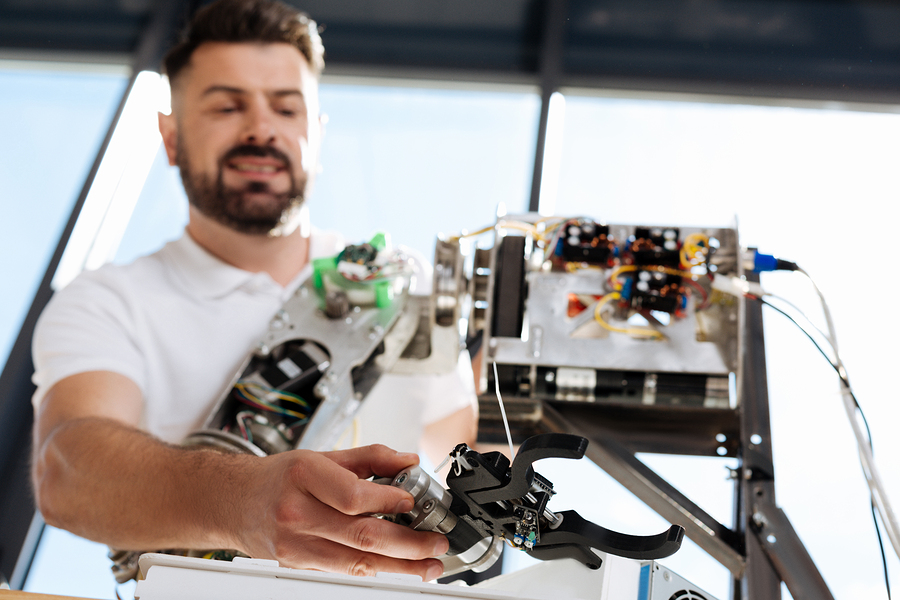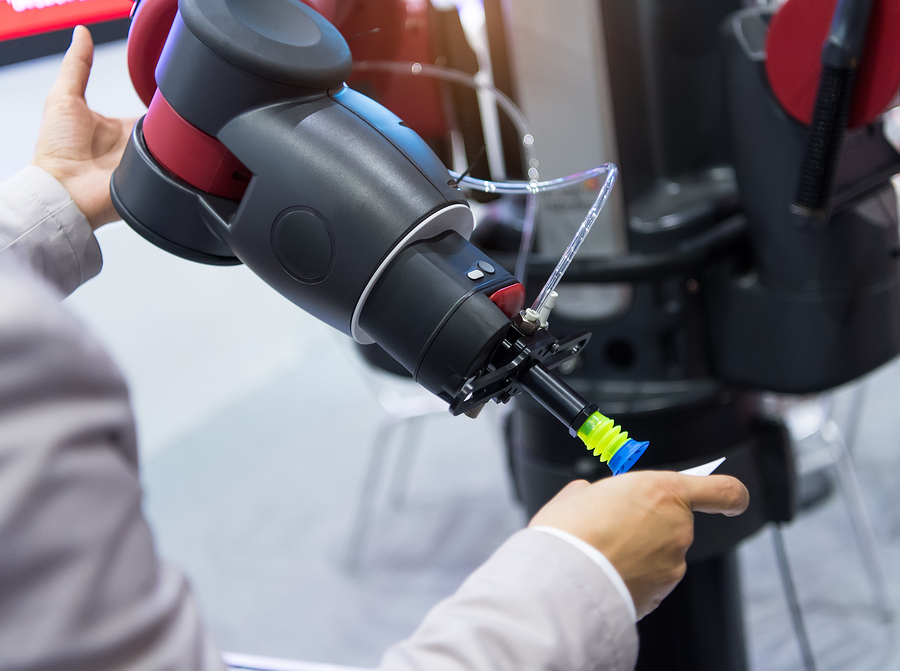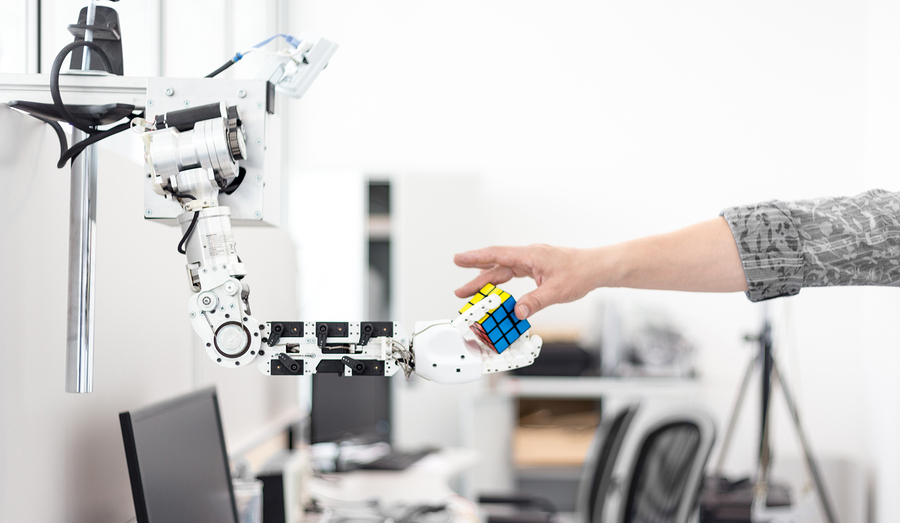With smarter machines and intelligent manufacturing plants come changing roles for robots. And collaborative robots — or cobots — are the next iteration of automation on the plant floor, working alongside their human counterparts and assisting them with tasks. And with new official safety specs for these cobots, working with machines is becoming ever more commonplace. In fact, according to a PwC survey, 59% of manufacturers “are already currently using some sort of robotics technology.”
Safety in collaboration
 As more and more manufacturing leaders move their plants further toward and into automation, safety remains an important factor. The International Organization for Standardization (ISO) created a technical specification (TS) for new cobots in industrial settings and work environments. The new TS builds on ISO 10218 requirements for collaboration. But just what does the new ISO/TS 15066 specify? With focus on contact, if robots and humans interact, robots shouldn’t cause harm to humans. That means those designing manufacturing systems must be able to manage robot-human interaction via risk assessments.
As more and more manufacturing leaders move their plants further toward and into automation, safety remains an important factor. The International Organization for Standardization (ISO) created a technical specification (TS) for new cobots in industrial settings and work environments. The new TS builds on ISO 10218 requirements for collaboration. But just what does the new ISO/TS 15066 specify? With focus on contact, if robots and humans interact, robots shouldn’t cause harm to humans. That means those designing manufacturing systems must be able to manage robot-human interaction via risk assessments.
But the engineers behind these production lines aren’t the only ones who need to be well-versed on these new in-depth safety aspects. Manufacturers on the plant floor need to know not only how to work with cobots but also how to maintain their safety and the wellbeing of their co-workers. With this background knowledge, they can better understand what’s required and “owed” to them, allowing them to notify plant leaders should an issue arise.
Specifying cobot interaction safety
In creating these new specifications for cobots, ISO committee members tested 100 subjects in pressure and force to establish guidelines on pain. These tests helped them outline the maximum speed and power allowed for cobot operation to keep humans safe and limit damage to the robots. With safety guidelines in place, engineers can design systems with those on the plant floor in mind, allowing them to reduce risk by better controlling situations involving cobots.
But just because ISO/TS 15066 took six years of development doesn’t mean it’s here to stay forever. Rather, it’s a guideline for engineers to design manufacturing systems more safely — systems that could change over time as new technologies and opportunities emerge. This gives industry insiders time to work with the new specs and ensure they’re up to par before ISO members turn the 15066 specifications into standards.

While the new technical specifications apply to systems built after its release, it’s never a bad idea for manufacturing leaders to make their plants as safe as possible. So, even if your cobot system is already in action, you may consider ensuring your plant is up to ISO specifications to protect your employees — and their cobot counterparts.
